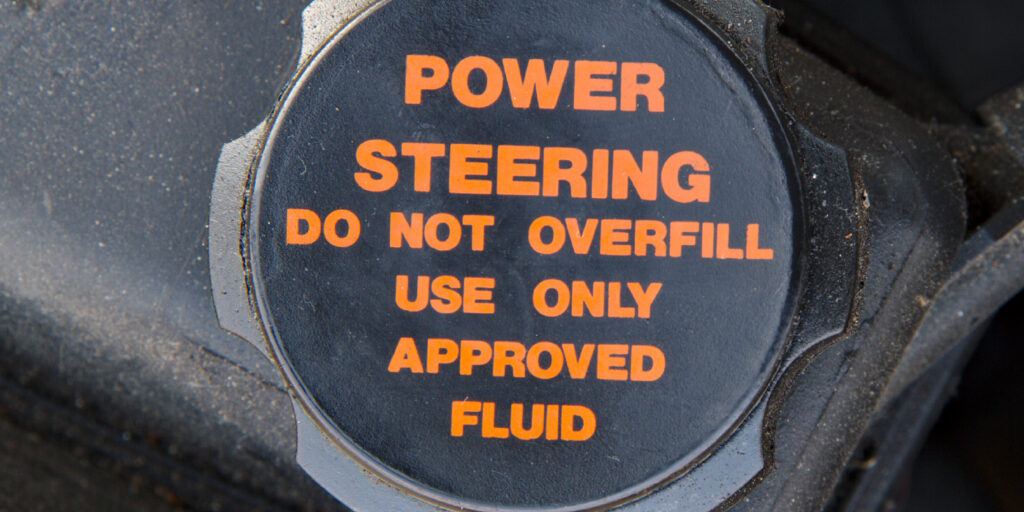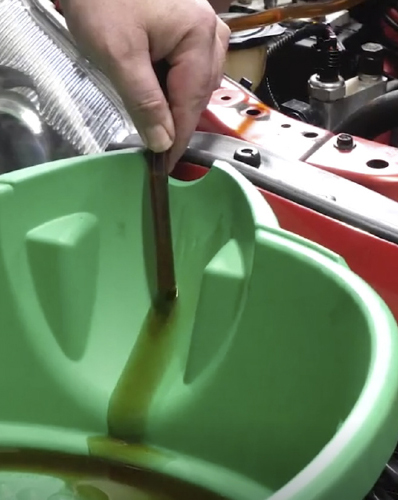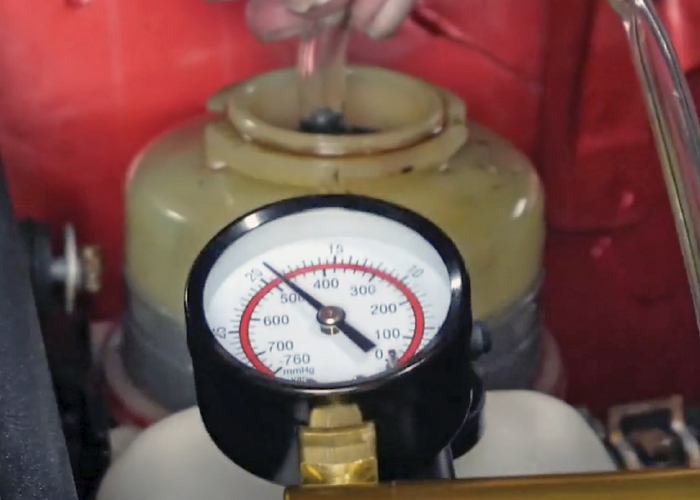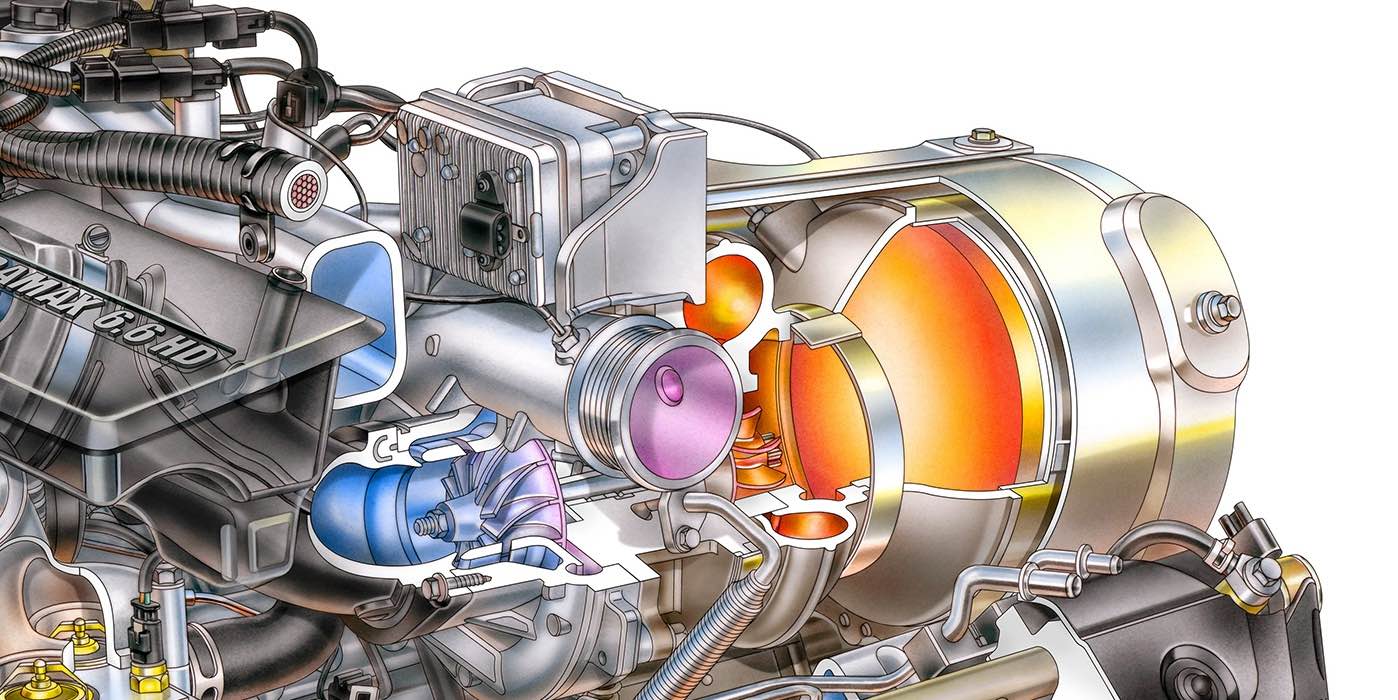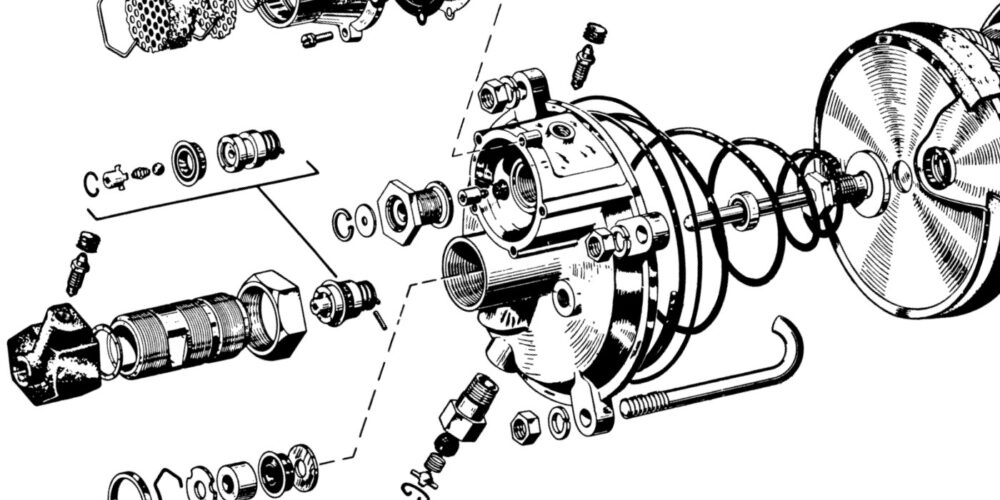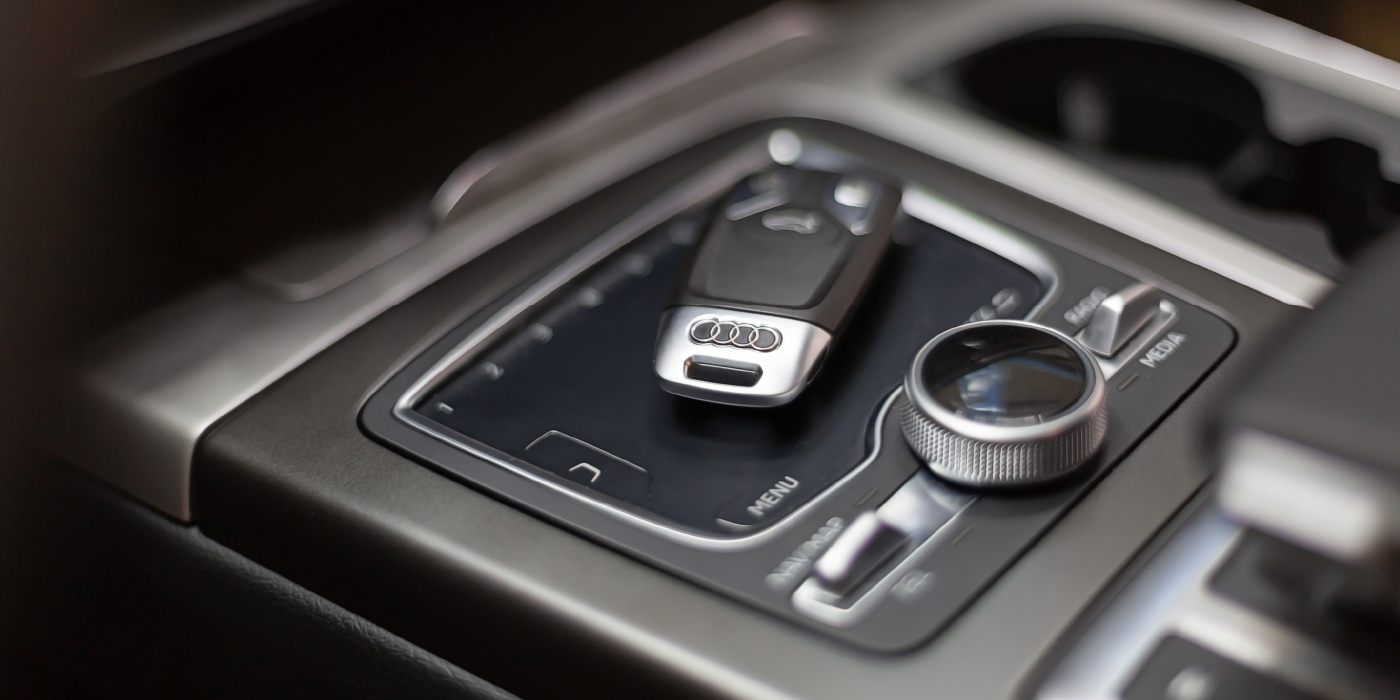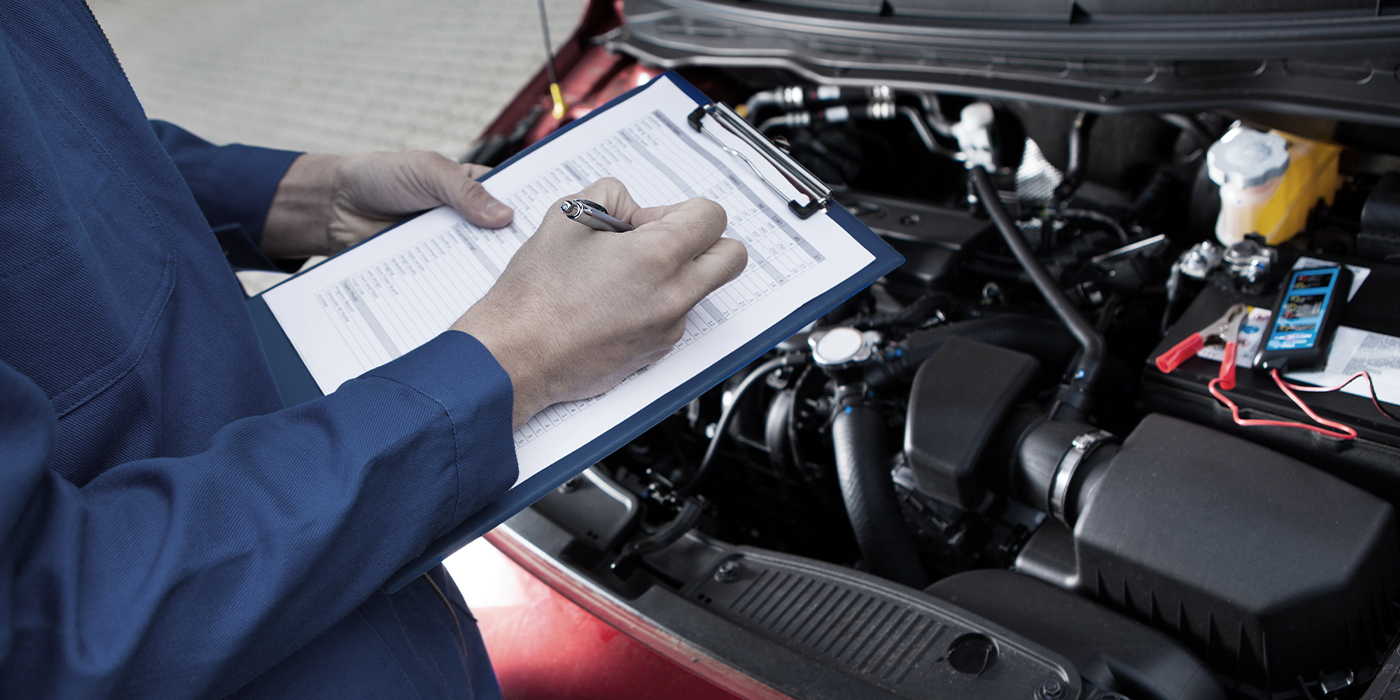Hydraulic power steering is not dead. While the number of vehicles with electric power steering is growing, hydraulic power steering is the choice for some platforms and applications both new and old. When replacing racks and pumps, not much has changed. But the differences are in the details.
HOSES
Some of the most often missed items when investigating a power steering complaint are the hoses. Underhood temperatures have increased and are even more punishing for hoses. If you see small black particles inside the power steering reservoir, chance are these are pieces of the hose, rather than the pump or rack. Power steering hoses degrade from the inside out.
What can cause a power steering hose to fail? Let’s be honest, the job of power steering hoses is not easy. They must endure some of the highest pressures and temperatures under the hood. Coupled with ozone, oil and solvents attacking the outer layers of these power steering hoses, it is easy to see why some hoses fail.
Loss of power steering can cause an accident – and power steering fluid is extremely flammable. When it ignites, it is difficult to extinguish. Inspection of the lines is important, and any leak should not be taken lightly.
High-temperature pulsations cause power steering hoses to deteriorate from the inside. The constant flexing and pressure surges result in the breaking off of small particles of hose, which are carried through the system and can lead to system malfunction.
If the outer layers of power steering hoses show any physical damage, they should be carefully inspected. If the outer layers are damaged, the inner layers of the hose could be exposed to damaging chemicals, heat and ozone. If there is damage to the power steering hose, investigate how it was damaged. Worn motor mounts, missing mounting tabs and exhaust gasket leaks can all damage power steering hoses.
Any bulges on power steering hoses are a sign that the internal layers have failed, fluid is working between the layers, and complete failure is imminent. If a hose feels soft in an area, it is a sign that the internal or external layers are breaking down.
If a power steering hose’s outer layer is cracking or flaking, it is an early sign of internal wear, and the hose has lost its ability to absorb pressure surges. Extreme corrosion on the fittings can cause the power steering hose assembly to fail. Most fittings are covered with corrosion-resistant coatings and plating methods. If they are removed due to abrasion, solvents or other processes, the fitting will eventually fail.
FLUSH & FILL
When you are replacing any power steering hydraulic component, it is critical to ensure that all the old fluid is flushed out of the system, as it may be contaminated. There are several ways you can do this with fluid exchangers or just draining and replenishing the reservoir.
Depending on the failure of the original unit, some technicians will perform a system flush using the old pump, then install the replacement pump and do a system flush one more time. This is okay, providing there has not been a catastrophic power steering component failure that has contaminated the system with metal or debris. Flushing is an important step which will ensure that contamination does not adversely affect your system.
Before trying to flush a system, it is a good idea to replace the reservoir. Many reservoirs have screens and sumps that can trap contaminated fluid and debris. Using the correct fluid that meets the OEM’s specifications is important for proper performance and longevity of the replacement unit.
For bleeding and flushing, it is highly advised by some OEMs and replacement steering part manufacturers to use just the starter. One way this can be done is by simply temporarily removing the fuel pump relay.
Ensure the front wheels are off the ground to reduce stress, heat and cavitation while the new fluid is circulated. While cranking the engine, cycle the steering wheel full left to full right. You will notice the old, dirty fluid is now pumping out of the return hose into the drain bucket. Be sure to not crank the engine more than 5 seconds at a time, as you don’t want to overwork the starter. You can do this in several steps with a short 5-10 second delay before cranking again.
Frequently check and fill the reservoir with fresh fluid, as you will be depleting the reservoir throughout this process. Continue cycling left and right until all fluid runs clear out of the return hose. You can install a filter in the low-pressure return line. These filters are directional, so pay attention to the arrow on the filter and make sure it aligns with the flow direction of the power steering fluid. In many cases, you will not need to cut the return hose to splice in the filter. You can simply install the filter to the end of your return hose and add a small piece of return hose to the other end, then reconnect to the pump.
Attach the return hose, and ensure the fluid level is in the normal range. Start and run the engine, cycling the steering wheel left and right. The pump should now be running quietly. Shut the engine off, re-check the fluid level, and top off as necessary.
Some service procedures recommend using a vacuum pump to remove air in the system and prevent a new pump or rack from cavitating. When they are partially filled, there are adapters that can attach to the reservoir. You need to pull only 20 inches of vacuum at most to pull fluid through the system.
RESETTING SENSORS
Many vehicles require the SAS to be reset or recalibrated after an alignment is performed (even if the rear toe is adjusted) or components in the steering system are replaced. There are three types of reset procedures. First, a system that self-calibrates on its own. Second, vehicles that require specific wires to be grounded or buttons be pressed. Third, systems that require recalibration with a scan tool.
Even if the SAS is out of calibration, most vehicles have ways to sense if it is traveling in a straight line. If the angle is far enough out of range, it might set a trouble code and disable the ABS and/or ESC system.
On some import vehicles, recalibrating the sensor after an alignment or if the battery has died is just a matter of turning the wheels lock to lock, centering the wheel and cycling the key. This “auto learn” functionality is becoming more common on newer vehicles.
There are many options for scan tools to reset steering angle and torque sensors. Some tools are even integrated into an alignment system. But, most tools recommend that the calibration be performed on a level surface. This is because you are also calibrating the yaw and accelerometers.

